

Visitors to Queen's Park in Glasgow’s south side are often surprised by the number of churches situated so close to each other in a relatively small district of the city.
Early morning view of Camphill Church from the north
Camphill Church at the park gate in Balvicar Drive was established in the 1870’s by members of the nearby Queen's Park United Presbyterian Church, which was one of Alexander Greek Thomson’s architectural masterpieces. The two congregations would later share churches for services during the summer holidays.
The architect of the church was William Leiper, who designed the building in a lavish French Gothic style. The octagonal spire rises high above the substantial corner tower to create an easily spotted local landmark.
View of Camphill Church and adjacent hall from Queen's Park gate
Sculptural detail at Camphill Church of angel with lyre by McCulloch & Co.
Angelic sculpture by John Mossman high up on Camphill Church
Queen's Park Baptist Church in Queen's Drive was designed by John McKissack & William G. Rowan. The foundation stone of the church was laid on Saturday 4 September 1886 by Mr. Howard Bowser.
Queen's Park Baptist Church had been formed on 3rd July 1878, with its initial 31 members meeting in a hall in Prince Edward Street. Its first minister, Rev. John Murray was succeeded by Rev Thomas S. Landels on 2nd November 1884 before the decision had been made to erect the new church building.
Mr. Landels become the first pastor in the new church building.
View of Queen's Park Baptist Church from Queen's Drive
View of Queen's Park Baptist Church from Niddrie Road
Carved stonework at entrance to Queen's Park Baptist Church
Queen’s Park Established Church, later known as Crosshill Queen's Park Church, is situated at 40 Queen’s Drive, facing the Recreation Ground. It opened on Sunday 12 October 1873, with a morning service preached by Rev. Dr. John Caird, Principal of Glasgow University. The church’s first pastor, Rev. Donald McCorquodale conducted the afternoon service.
The architects of the Queen’s Park Established Church were Campbell Douglas and James Sellars, who designed it in the French Gothic style. Its main feature is the massive square tower topped with an octagonal spire, which can be seen from miles around.
Tower and spire of Queen’s Park Established Church
Deep shadows on the entrance to Queen’s Park Established Church
Queen’s Park Established Church and surrounding villas
The present day Queen's Park Church of Scotland at the corner of Queen's Drive and Albert Avenue was originally known as Queen's Park Free Church. Following the denomination's union with the United Presbyterian Church in 1900, the church became the Queen's Park West United Free Church and after the further union with the established Church of Scotland in 1929 it became known as Strathbungo Queen's Park Church. It was designed by James Thomson and opened on 16 May 1875.
The church is in the Decorated Gothic style with a corner tower and spire. The Gallery was created with some on the modern construction materials of the day, being supported on cast-iron colums. The church’s original stained glass was by Daniel Cottier, with post war additions by Douglas Hamilton commemorating the death of Miss Jane Haining who died in a German concentration camp.
View of Queen's Park Free Church from the south-west
View of Queen's Park Free Church at the corner of Queen's Drive and Albert Avenue
Gothic tracery on feature window of Queen's Park Free Church
Strathbungo Parish Church in Pollokshaws Road was designed by the architectural practice of McKissack & Rowan. It replaced an earlier church of 1839 by Charles Wilson, recycling some of the stone in the process.
Retained façade of Strathbungo Parish Church, with modern flats behind
The summit of the tower and delicate octagonal crown of Strathbungo Parish Church
Cupola and flying buttress on tower of Strathbungo Parish Church
Weathercock at apex of Strathbungo Parish Church
Tower of Strathbungo Parish Church reaching high above surrounding tenements
Stone doorway left after the demolition of the church hall at Strathbungo Parish Church
Nithsdale Hall, the former mission hall for Queen's Park U.P. church was situated in Nithsdale Drive Strathbungo. After a serious fire in July 2005 the building was reduced to a roofless ruin supported by scaffolding.
Ruin of Nithsdale Hall with tower of Strathbungo Parish Church in the background
The church at the eastern corner of Niddrie Road and Queen's Drive was built as the New Jerusalem Church. It was designed by John B. Wilson in the Early English Gothic style and constructed with rock faced red sandstone.
New Jerusalem Church and hall, with the Queen's Park Baptist Church in the background
The monogram at the church hall shows "NJC", signifying "New Jerusalem Church" above the year of the hall's construction, 1888
View of New Jerusalem Church at corner of Queen's Drive and Niddrie Road
Elaborately sculpted stonework at former entrance to New Jerusalem Church, Queen's Park
1930's view of churches in Queen's Drive
Spires of Queen's Park churches at dusk
With this attempt to investigate the architecture and history of these ecclesiastical buildings I have used the original title for each church, many of which have had multiple identities.

Local members of the denomination had met in June 1872 with a view to forming Camphill Church.
The hall was opened on Sunday 1st June 1873 by Rev. Dr. Scott of Manchester. The induction ceremony for the church’s first pastor, Rev. Joseph Corbett, took place in the hall on Wednesday 6th May 1874 . The church was open for business on Sunday 8th October 1876, with the spire being completed in 1883.
Camphill Church would later become Camphill Queen's Park Church of Scotland and is currently known as the Camphill Building of Queen’s Park Baptist Church.
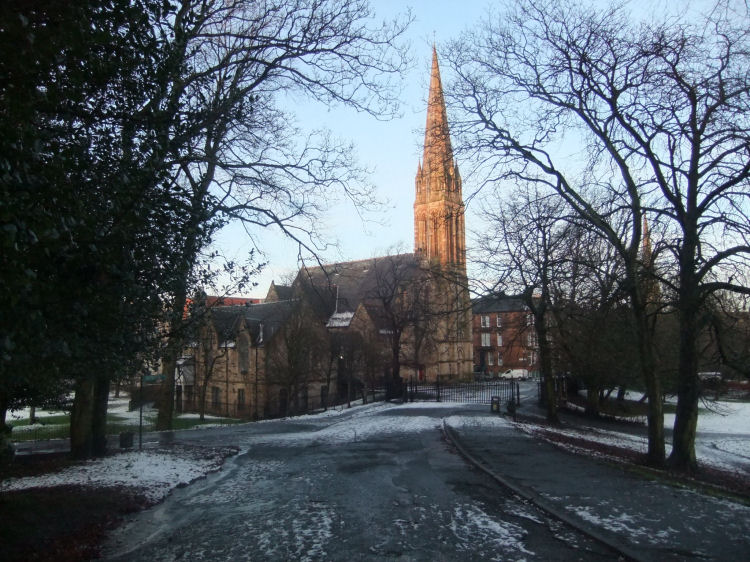
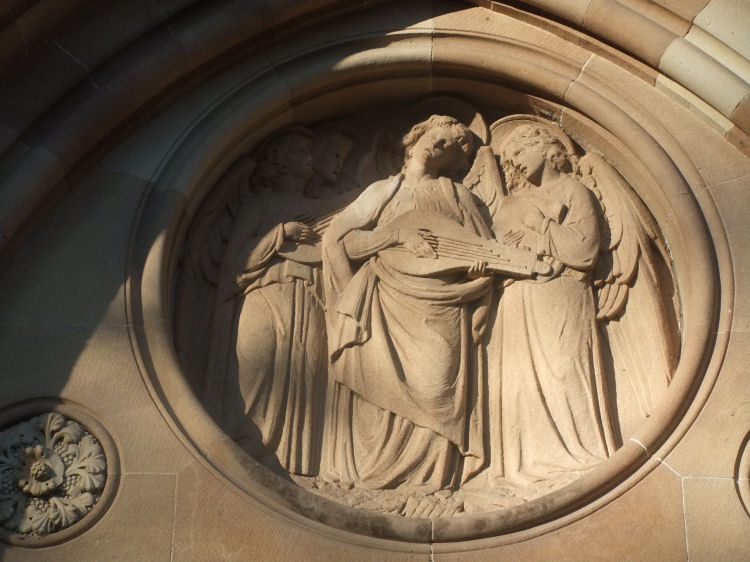
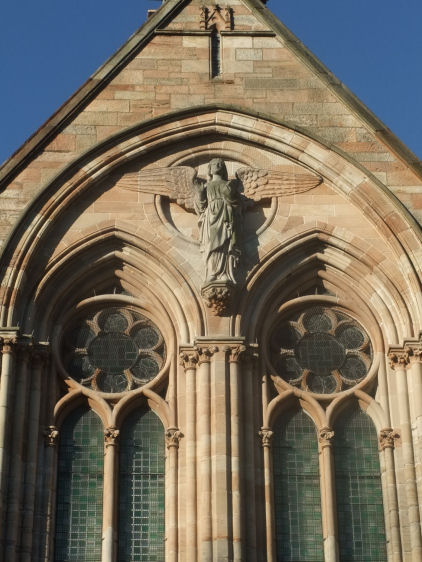
The Romanesque architecture gives this building a more modern feel than the surrounding churches. Its unique characteristic being the short square towers placed either side of the central entrance.
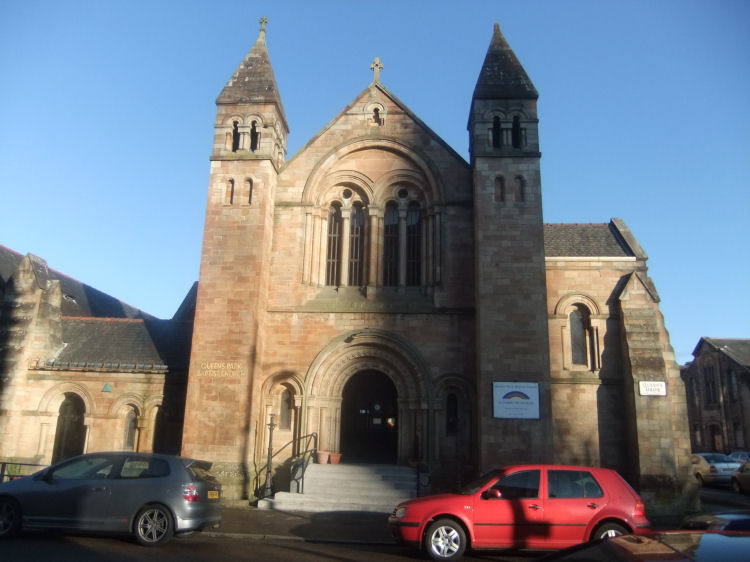
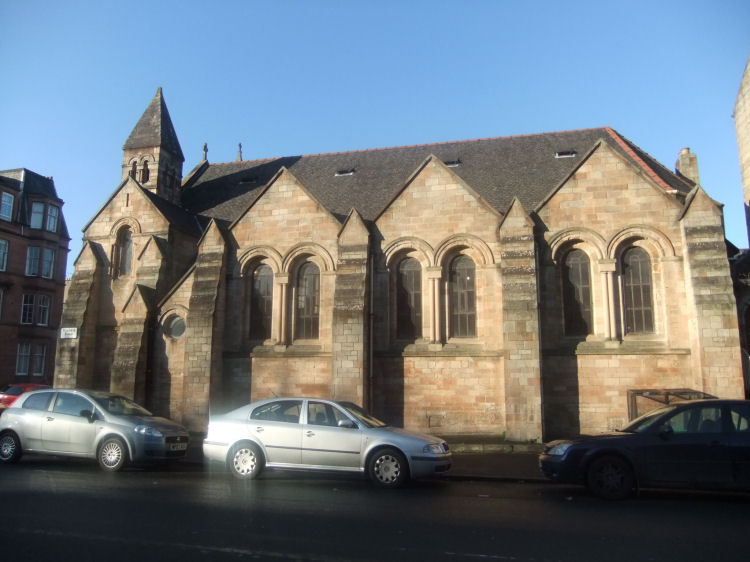
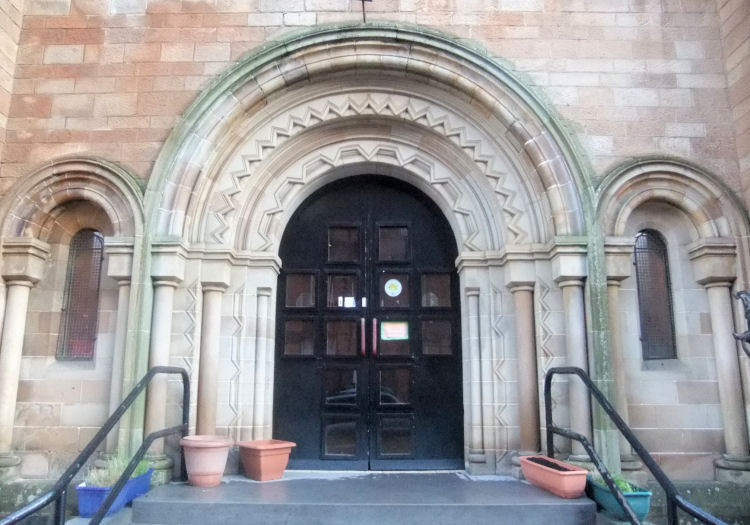
During the church's lengthy construction period, the congregation met in a temporary structure which had been erected alongside the site of the new building.
It is no longer used as a church, having been converted into 18 flats, the first of which became occupied in September 2004.
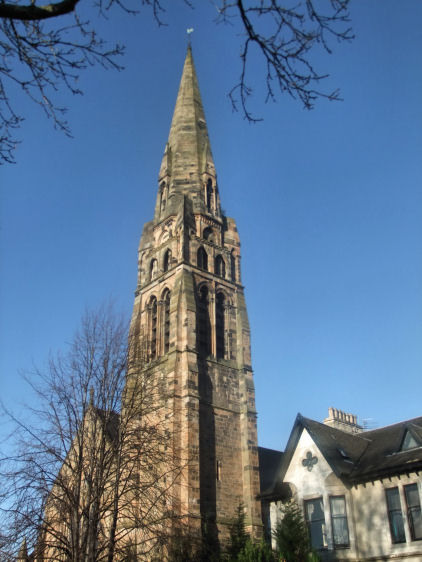
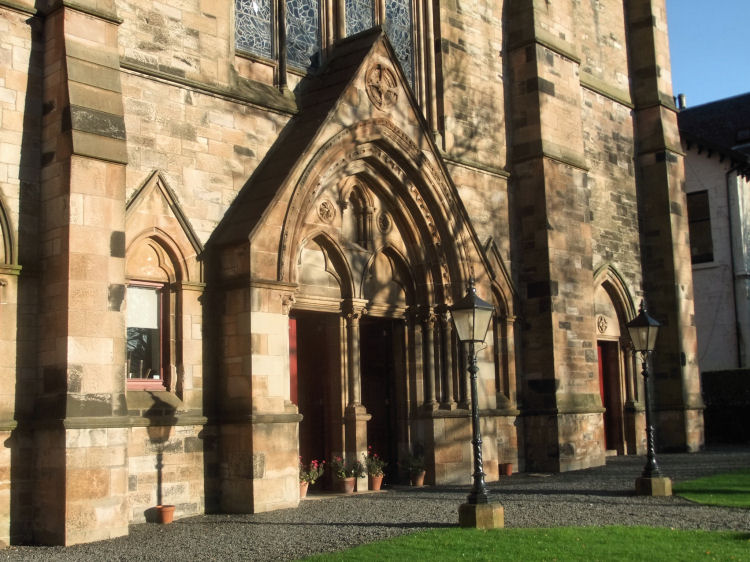
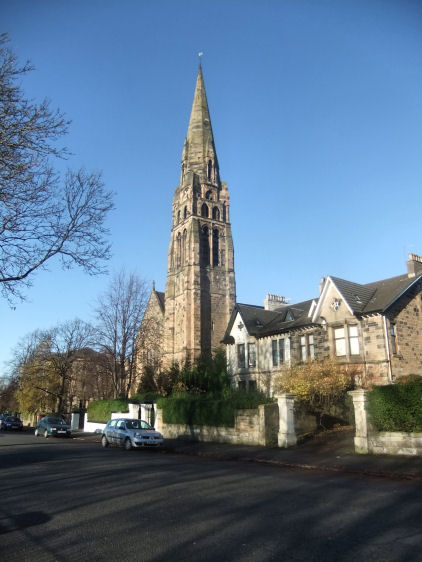
The memorial stone of Queen's Park Free Church was laid on Saturday 28th February 1874 by Mr Patrick Playfair. The congregation had been formed in December 1866, meeting in a temporary building close to the site of the new church.
The opening service on the morning of Sunday 16 May 1875 was conducted by Rev. Sir Henry Moncrieff, and the evening service by the church’s first pastor, Rev. William Scott, who served the congregation until his death in July 1907.
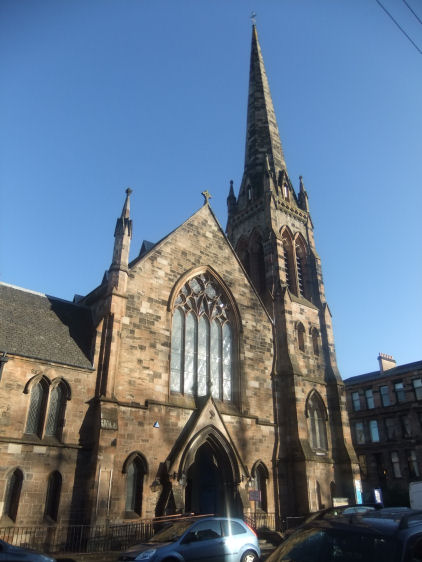
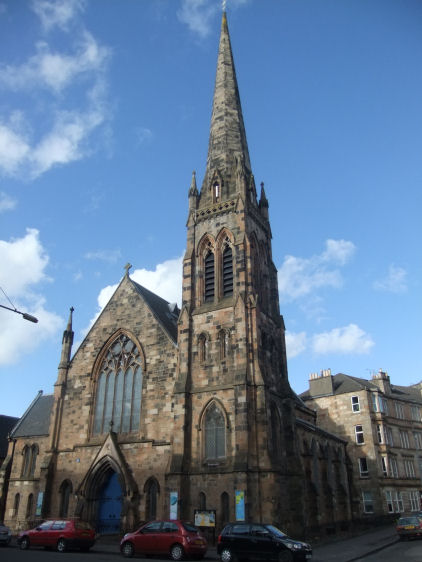
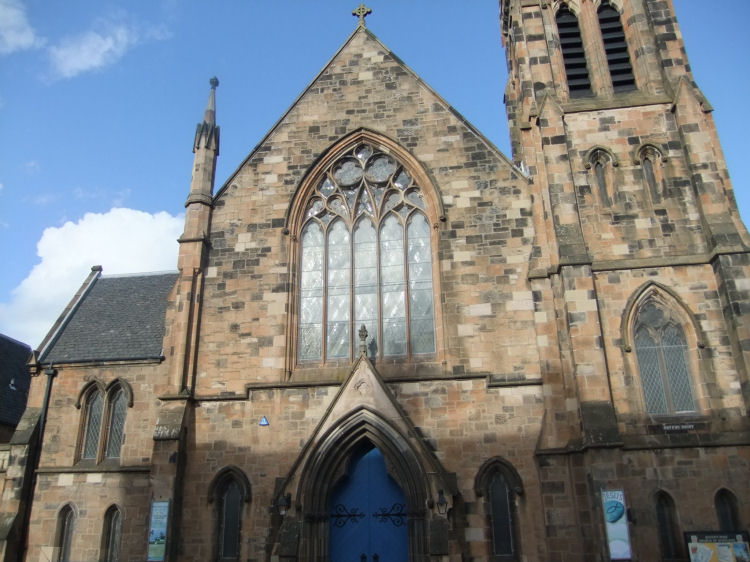
The church opened on 7th October 1888 with a service conducted by its first minister, Rev. Robert McMillan, who had been the pastor when the congregation had met at the previous church.
The church ceased to be used as a place of worship on May 1979 and lay derelict for many years afterwards. Prior to redevelopment in 2005 the main body of the church was pulled down.
In May 2006 the modern construction was complete and 28 flats were made available behind the retained frontage and tower.
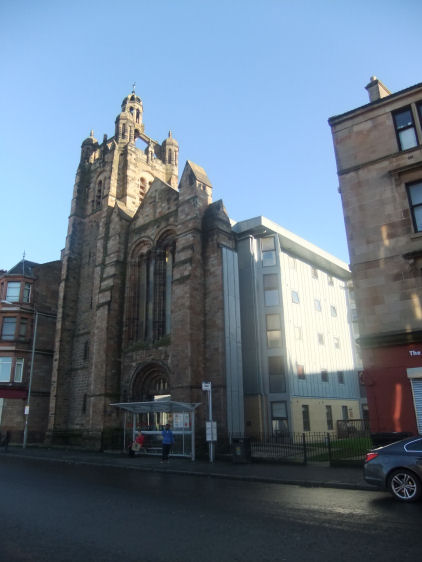
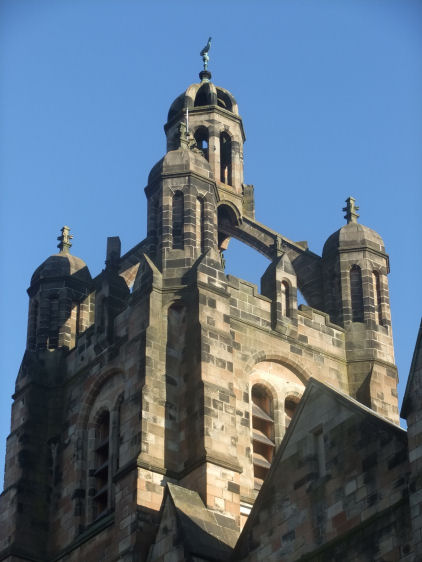
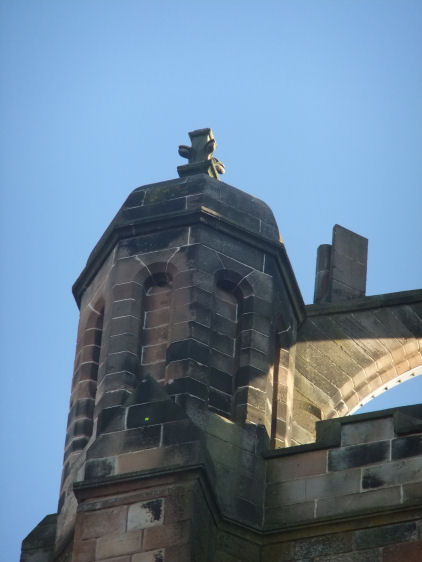
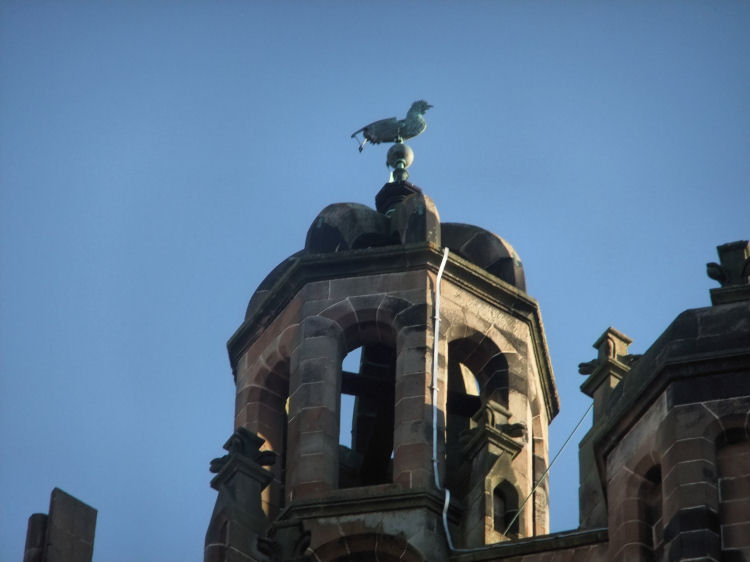
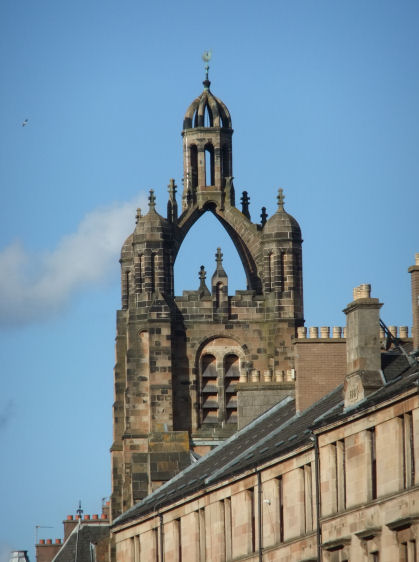
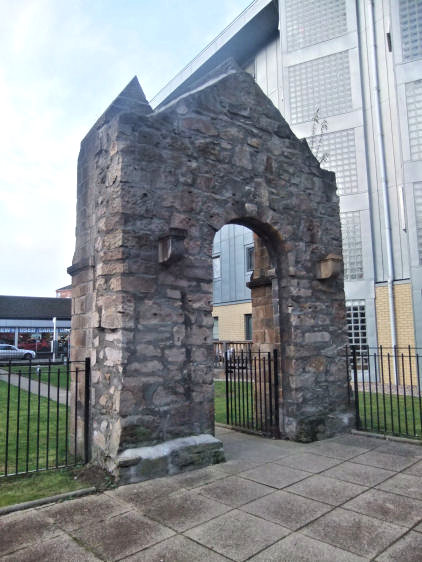
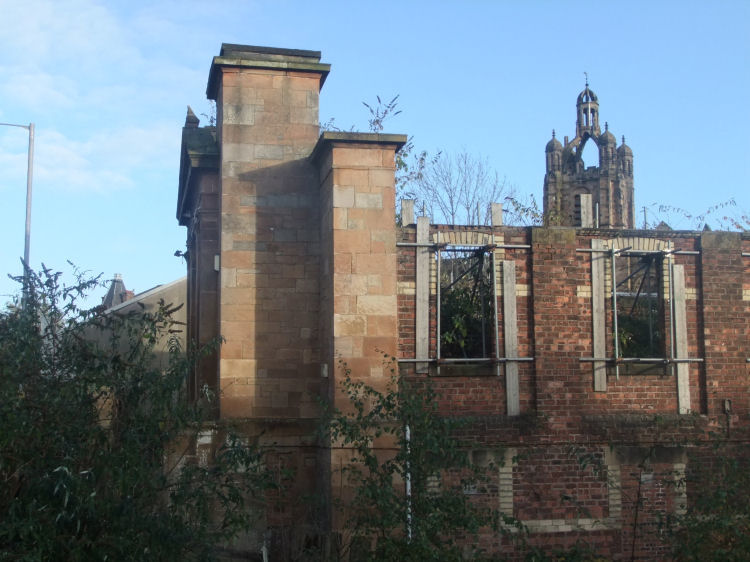
The church, which was built for a congregation of the Swedenborgians, had its opening service on 29th September 1889, conducted by its first pastor, Rev. William A. Presland. Services had previously taken place in the hall, which had opened earlier.
In the late 20th century the church was occupied by a congregation of Seventh Day Adventists. It was converted for use as housing in 1998, with 12 flats being formed from the church and hall.
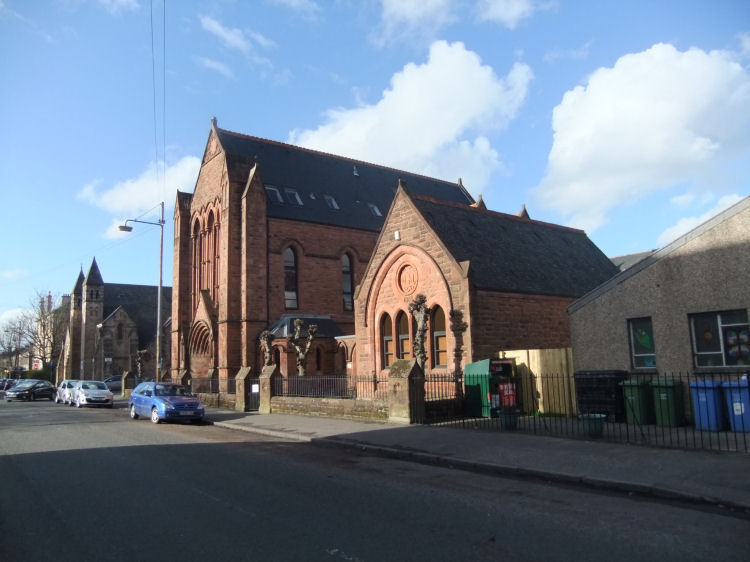

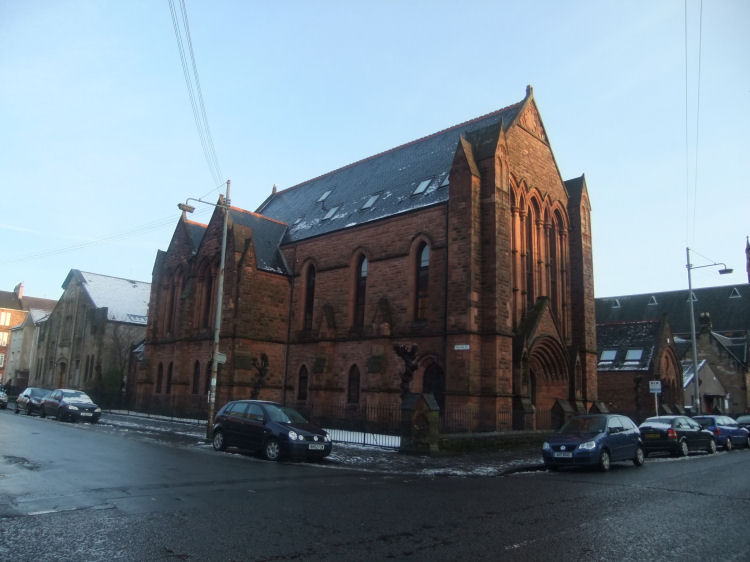
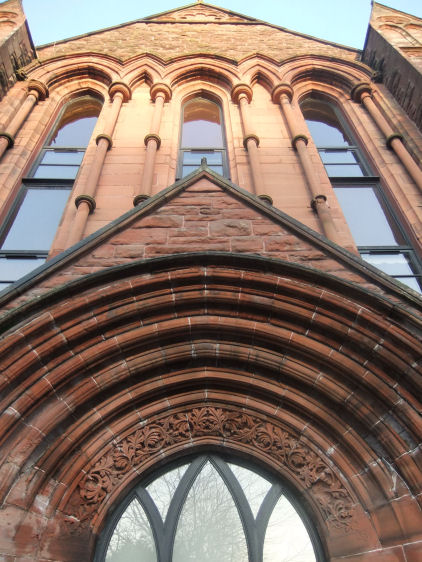
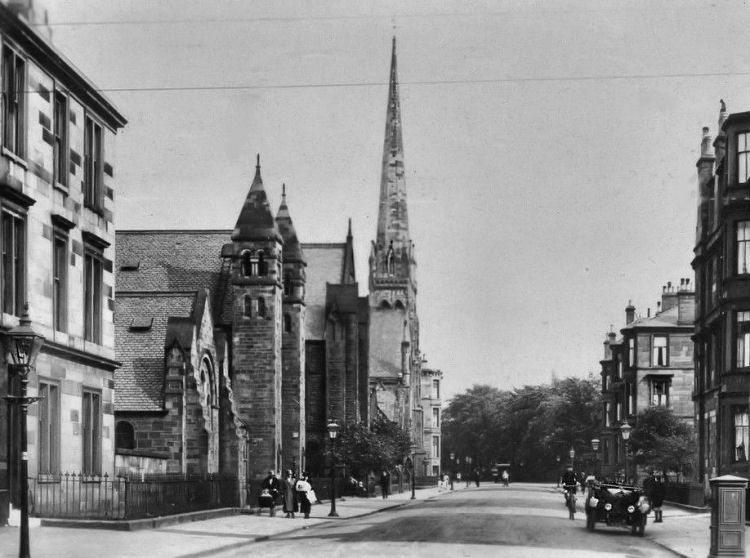
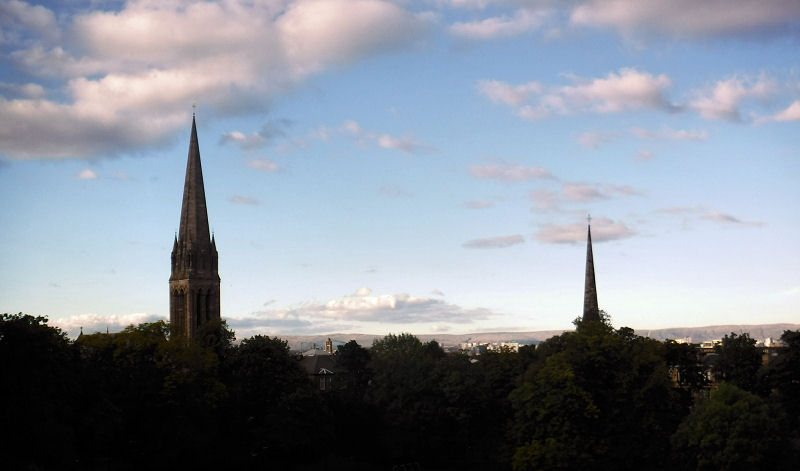
![]()
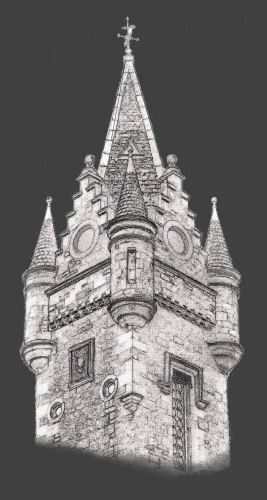 |
| |
|
|
||
|
|
All original artwork, photography and text © Gerald Blaikie
Unauthorised reproduction of any image on this website is not permitted.